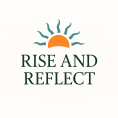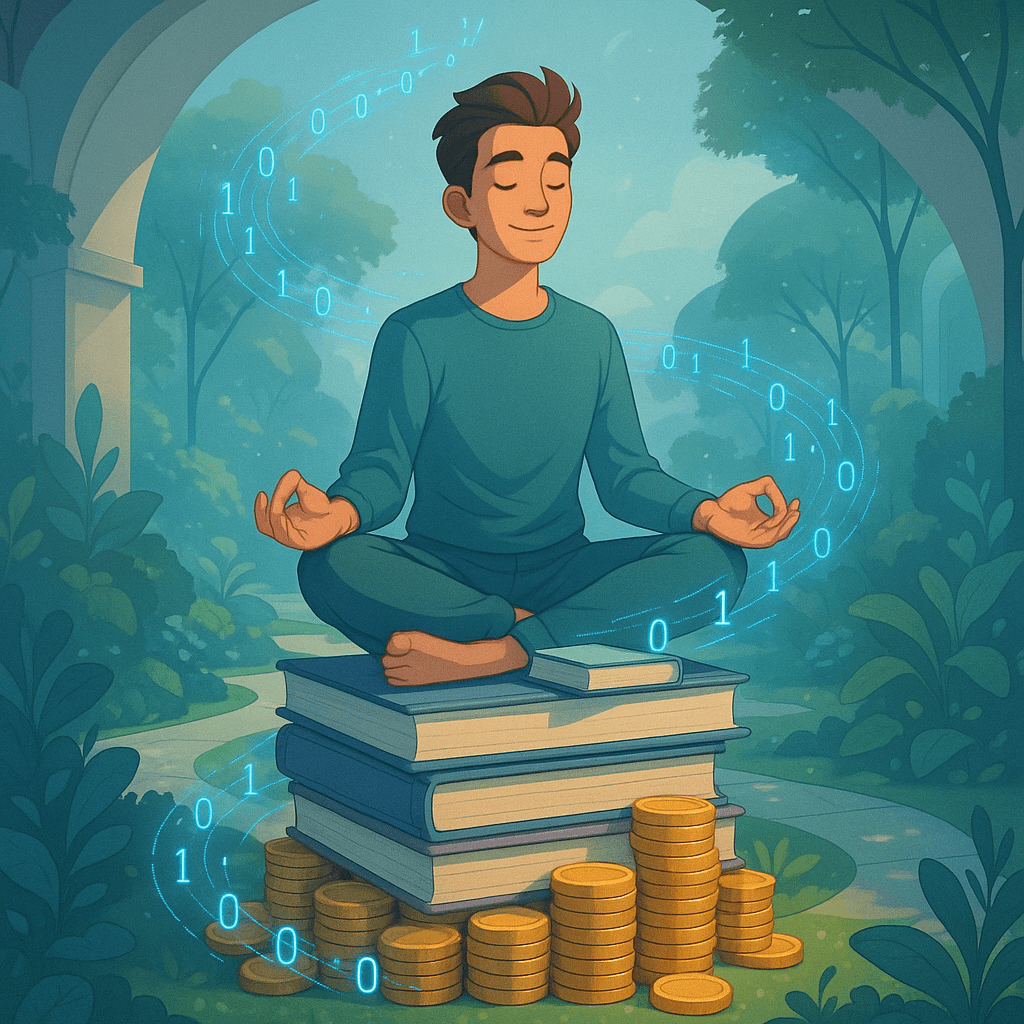“Think and Grow Rich” Reimagined for 2025 📌
Think and Grow Rich Reimagined for 2025 updates Napoleon Hill’s timeless ideas for the attention economy, creator platforms, remote work, and AI workflows—keeping the soul (mindset & purpose) while upgrading the systems (habits, tools, leverage).
Introduction: Why Reimagine Now?
In 1937, Hill distilled success into mental models and disciplined action. In 2025, opportunity is abundant—but so is distraction. The reimagined lens keeps the original intent—clarity of purpose, organized planning, decisive action, persistence—and layers in digital leverage (automation, distribution, AI) and psychological resilience (attention, emotion, identity).
Principle + Platform + Process = Compounded Outcomes
Context: This is an educational adaptation; for original material visit the Napoleon Hill Foundation or the Wikipedia overview.
The 13 Principles, Reframed for 2025
1) Desire → Definite Outcome
Translate desire into a measurable, time‑bounded One‑Number Goal (e.g., “$X runway in 12 months”).
2) Faith → Evidence‑Backed Confidence
Daily proof stack: micro‑wins, shipped outputs, testimonials, streaks.
3) Autosuggestion → Input Architecture
Script your feeds & surroundings (wall cues, dashboards, playlists) to prime action.
4) Specialized Knowledge → Monetizable Skill‑Stack
Combine 2–3 adjacent skills (e.g., domain + writing + AI tooling) for asymmetric value.
5) Imagination → Ship Rapid Iterations
Prototype weekly. Feedback fast. Creativity × cadence > perfection.
6) Organized Planning → Operating System
Quarterly rocks, weekly sprints, daily deep‑work blocks (90–120 min).
7) Decision → Default to Action
Reduce choices; set policies (e.g., “Publish every Mon 10am”).
8) Persistence → Streaks & Buffers
Protect streaks; add cash/time buffers to survive slow build phases.
9) Mastermind → Signal‑Rich Circle
Small, high‑trust peers with complementary skills and shared standards.
10) Transmutation → Energy Management
Channel emotional energy into making—movement, music, meaningful work.
11) Subconscious Mind → Identity Scripts
“I am the person who ships.” Repeat + act until identity locks in.
12) The Brain → Attention Is Scarce
Guard inputs. Single‑task. Train focus like a muscle.
13) Sixth Sense → Pattern Recognition
Sit still daily (5–10 min). Insight follows silence.
#Principles
#Identity
#Leverage
2025 Wealth Engines: Where Principles Meet Platforms
1) Creator/Expert Platforms
- Products: courses, templates, memberships
- Distribution flywheel: newsletter → long‑form → clips
- Play: Consistency & community over virality
2) AI‑Augmented Services
- Offer outcomes, not hours (automation + judgment)
- Toolchain SOPs; price on value
- Play: Niche specialization + clear ROI
3) Small, Boring, Profitable
- Local services, compliance ops, maintenance SaaS
- Low churn, recurring revenue
- Play: Simplicity beats spectacle
Reminder: Educational, not financial advice. Build buffers; avoid leverage you don’t understand.
Systems, Not Spurts: Your Personal OS
| Cadence | What to Do | Why It Works |
|---|---|---|
| Daily | 1 deep‑work block, 1 ship, 1 relationship touch | Moves the ball on value, visibility, and network |
| Weekly | Review metrics; pick 3 outcomes; plan sprints | Clarity & momentum |
| Monthly | Kill/keep/start decisions; simplify systems | Focus compounds |
| Quarterly | Rocks, experiments, pricing review | Strategy stays current |
Inputs Dashboard
- Output: shipped posts/products
- Pipeline: leads, collabs, opportunities
- Learning: hours, notes, applications
Anti‑Noise Policies
- No phone mornings; batch notifications
- Two tabs max; one window for deep work
- Publish schedule is non‑negotiable
The Modern Mastermind: Standards & Structure
- Size 3–6, weekly 60–75 minutes
- Agenda: wins → metric check → hot seat → commitments
- Rules: honesty, data over drama, confidentiality
- Tooling: shared KPI sheet, clip recorder, action tracker
#Accountability
#Clarity
Ethics & Enough: Wealth with a Spine
Hill wrote about riches; 2025 adds responsibility. Optimize for freedom (time, optionality) as much as finances.
- Consent & clarity in marketing (no hype funnels)
- Privacy‑respecting tech; transparent data use
- “Enough” line to prevent reckless risk & burnout
30‑Day Action Plan: From Thought → Throughput → Thrive
Days 1–7 • Define & Design
- Pick one outcome (revenue, role, runway)
- Map a simple offer or project (one page)
- Set your publish cadence (day/time)
- Create focus rules (devices, blocks)
Days 8–14 • Build v0
- Draft outline → prototype → feedback loop
- Write 3 long‑form posts; slice into 9 clips
- Set up metrics sheet (inputs & outputs)
Days 15–21 • Ship & Iterate
- Publish v0. Offer beta slots or early access
- Collect 10 conversations; refine copy/offer
- Join/start a mastermind; book hot seat
Days 22–30 • Systemize
- Document SOPs (checklists, templates)
- Automate 1–2 steps (email, scheduling, invoicing)
- Plan v1 release; set Q‑goal & next experiments
FAQs
- Does “Think and Grow Rich Reimagined for 2025” replace the original?
No. It’s a practical companion that adapts the spirit of Hill’s work to current tools and contexts. - Can beginners use this?
Yes—start with the 30‑day plan and one monetizable skill‑stack. - How do I avoid overwhelm?
Reduce channels, set a publish day, and track only inputs you control. - Where do I find a mastermind?
Start with 2–3 peers you respect. Meet weekly with a simple agenda.
Links & Resources
- Original context: Napoleon Hill Foundation
- Overview: Think and Grow Rich — Wikipedia
- Internal: Explore more mindset essays in Blogs
- Internal: Tools & printable planners in Products
- Internal: AI prompts & strategy guides in AI‑QA
Educational content only—not legal, tax, or financial advice. Build according to your goals, risk tolerance, and obligations.
Read next: Personal Growth & Mindset →

